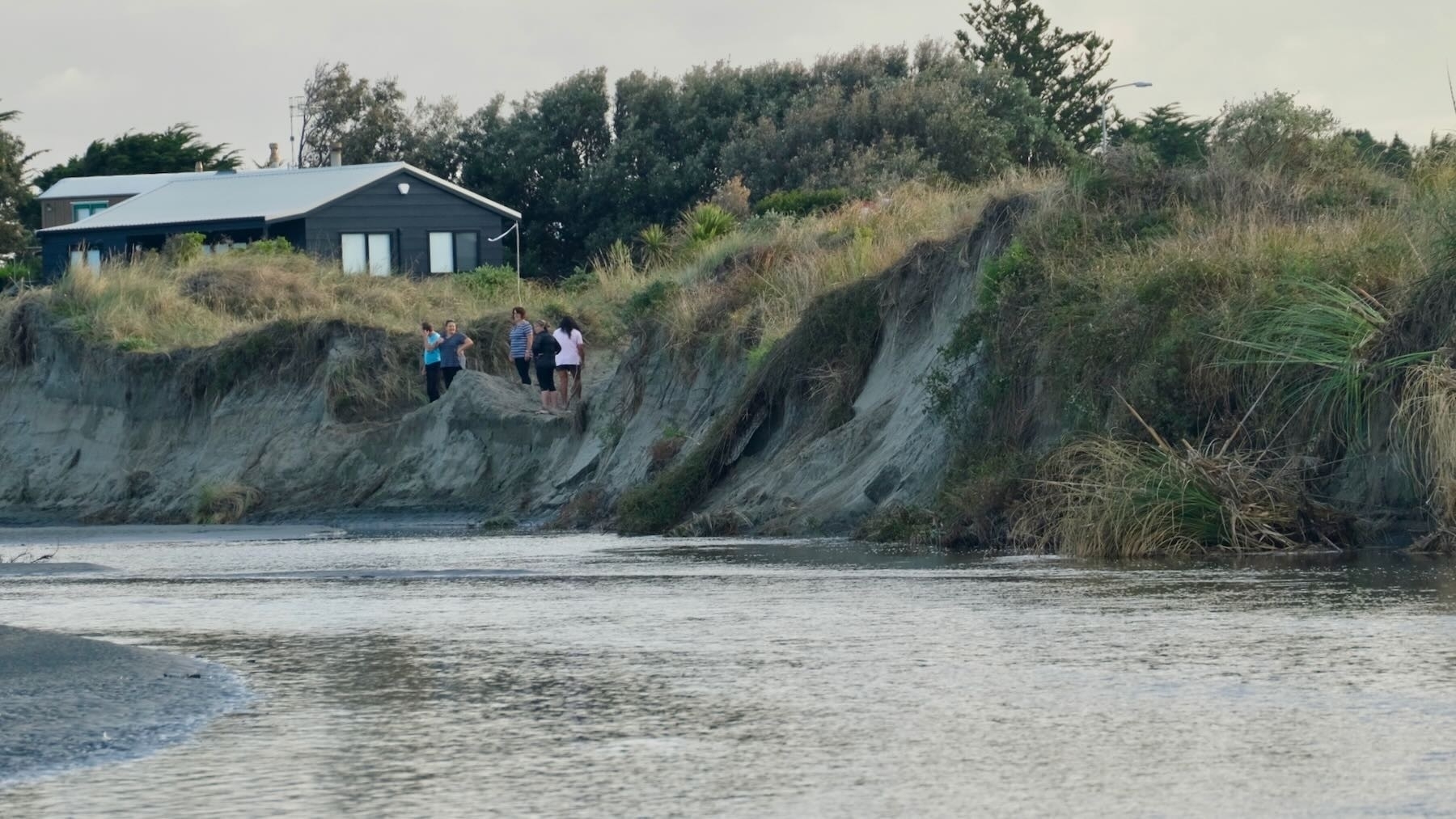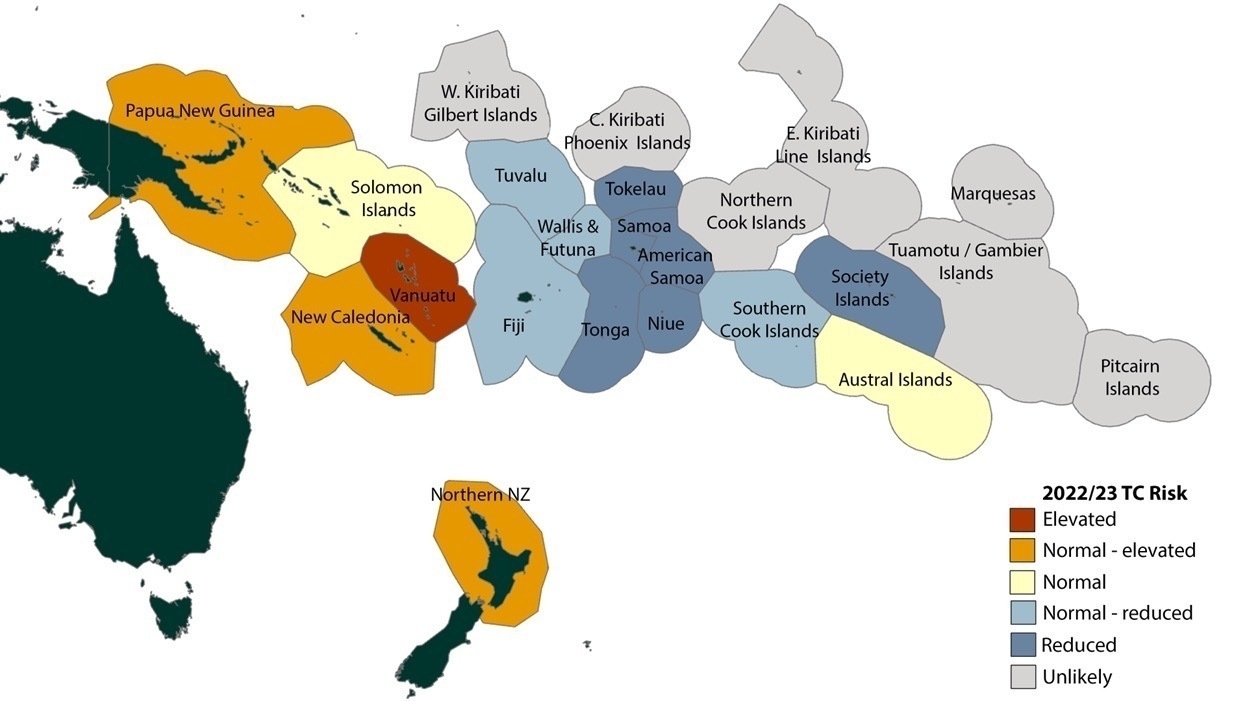
It was February 2018 when ex-Tropical Cyclone Gita hit Waikawa Beach and caused massive erosion. For the coming season, the risk for an ex-tropical cyclone affecting New Zealand is considered near normal to elevated.

Each year we could potentially get another storm like that.
This is the kind of article where I must confess my eyes glaze over a bit as I read, however here’s the important bit for us. Southwest Pacific Tropical Cyclone Outlook - October 2022 | NIWA:

On average, at least one ex-tropical cyclone passes within 550 km of New Zealand each year. For the coming season, the risk for an ex-tropical cyclone affecting New Zealand is considered near normal to elevated. If an ex-tropical cyclone comes close to the country, there is a near-equal probability of it tracking to either the east or west of the North Island, and landfall of a degrading ex-tropical cyclone is possible. Analogue seasons also show interactions of a decaying storm system can occur with the northern South Island. Significant rainfall, extreme winds, hazardous marine conditions, and coastal damage are all possible leading up to and during these events. … all communities should remain alert and well-prepared for severe TC events.
New Zealand should also remain vigilant as the season unfolds. About half of the historic seasons used in the preparation of this outlook showed at least one ex-tropical cyclone passing within 550 km of the country; some analogues show multiple systems within the area around New Zealand are possible. Significant wind, waves and rainfall are possible from ex-tropical cyclones that come into the mid-latitudes. The effects of ex-tropical cyclones can also be spread over a large area, particularly if the decaying ex-tropical cyclone interacts with mid-to-high latitude weather systems. Despite the official season running from November through April, TCs can occur outside of this six-month season. All communities, regardless of changes in TC risk, should remain vigilant.